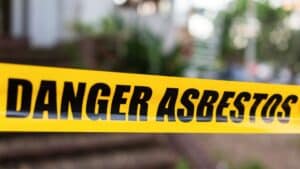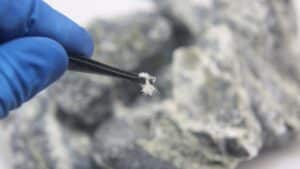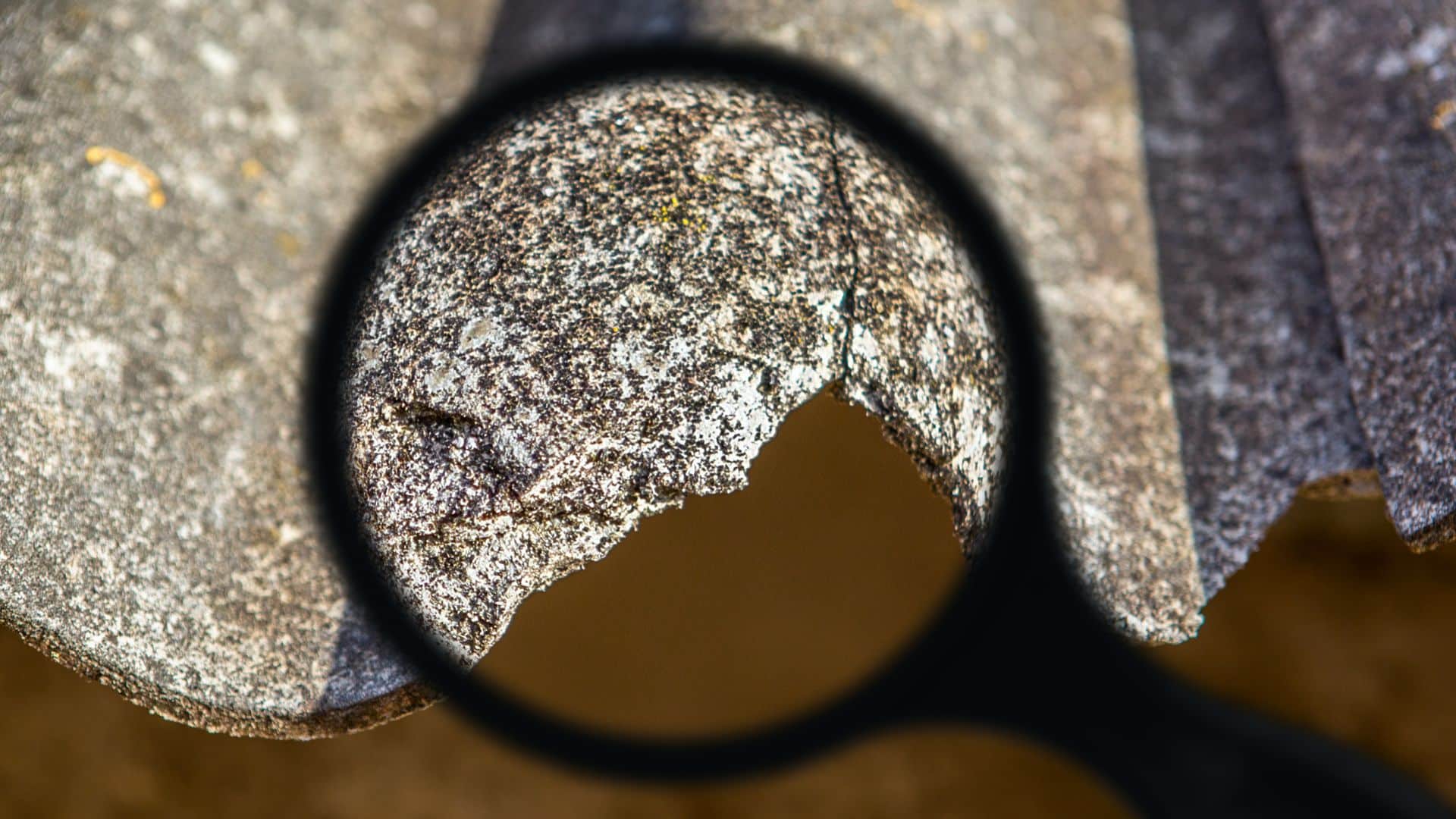Asbestos was once hailed as a miracle building material — strong, fire-resistant, and cheap. It was widely used in Australian homes, garages, and commercial buildings until the dangers of its microscopic fibres became undeniable. Now, many older properties still contain asbestos roofing, putting homeowners at risk without them even knowing.
If you’ve ever looked up at your roof and wondered what it’s made of, this guide will help you understand how to identify asbestos roof materials safely, when to be concerned, and what to do next.
The Silent Danger: Why Asbestos Roofs Are Still Around Today
Asbestos-containing materials (ACMs) were commonly used in roofing, cladding, insulation, and other building products right up until the late 1980s in Australia. In particular, asbestos cement roofing was widely installed on homes, garages, sheds, and outbuildings.

Because asbestos is durable and doesn’t break down easily, many of these roofs are still in place today — especially in older suburbs across NSW. They might look weathered or damaged, but that doesn’t mean they’re safe. In fact, ageing asbestos cement panels or tiles can release dangerous fibres into the air when disturbed, cracked, or crumbling.
Top Signs Your Roof Could Contain Asbestos (And What It Looks Like)
One of the most challenging parts of dealing with asbestos is that it doesn’t always look obviously dangerous. However, there are some tell-tale signs to look for:
- Corrugated sheeting that resembles super six or fibro cement panels
- Grey or off-white colouring that looks faded or chalky
- Moulded cement tiles or shingles that feel brittle or flake at the edges
- Lichen growth or moss, often present on older asbestos-containing materials
- Signs of water damage, cracking, or delamination on roofing sheets or boards
Keep in mind: asbestos cement roofing materials were often blended with other products like cellulose or sand, making them hard to identify without testing. Even if the roof looks like standard fibre cement, it could still contain asbestos.
How to Identify Asbestos Roof Safely — Without Ripping It Apart
The last thing you want to do is poke, cut, or break potential asbestos materials to “see what’s inside.” Damaging the material can release harmful airborne fibres into the environment — especially dangerous if you’re close to ventilation systems, bedrooms, or shared areas.

Instead, here’s a safe approach to identifying asbestos:
- Check the age of your home or garage. Properties built before 1990 are most at risk.
- Inspect from a distance. Use binoculars or a drone to get a closer look without climbing or touching the roof.
- Look for signs of deterioration. Cracks, flaking, or crumbling panels increase the likelihood the material is asbestos-based.
- Compare images. Match your roof visually with known asbestos roofing materials.
- Contact professionals like ICON Asbestos Roof Replacement for safe identification or lab testing.
If in doubt, always assume the material is hazardous until proven otherwise.
The Most Common Roof Materials That May Contain Asbestos
If you’re trying to figure out whether your roofing might contain asbestos, focus on these materials:
- Flat or corrugated cement sheeting (often used on garages, sheds, and commercial buildings)
- Asbestos tiles (usually grey and flat with a gritty feel)
- Eaves, ceiling boards, or wall cladding near the roof area
- Garage roofs made with thin, moulded cement panels
- Under-roof insulation in older homes, especially loose-fill materials
Even in residential properties, these materials can be found not only on the main roof but also on verandahs, carports, and external buildings. Older commercial sites and schools are also common locations for asbestos roofing materials.
Got a Garage or Shed? These Structures Are Asbestos Hotspots
While most homeowners focus on the main house, asbestos is frequently found in garages, sheds, and outbuildings — particularly detached ones built before 1990.
Garages often feature corrugated asbestos cement roofing sheets, which were easy to install and fire-resistant. If your garage roof feels thin, brittle, or layered with algae, it’s worth a closer inspection. The same applies to fences, ceilings, and eaves in these structures.
Don’t forget — asbestos doesn’t degrade quickly, but it does become more friable (easily crumbled) over time, especially when exposed to the elements.
The Truth About DIY Asbestos Testing Kits (And When to Call a Pro)
DIY asbestos identification kits are available online, but using them comes with some risk. These kits involve:
- Carefully collecting a small material sample
- Sealing and sending it to a NATA-accredited lab for analysis
- Waiting several days for results
While cheaper than hiring a licensed contractor, sampling asbestos is still dangerous if done improperly. Any disturbance of the material could release fibres into your home or garage.
For peace of mind and safety, many homeowners choose to engage licensed professionals like ICON Asbestos Roof Replacement, who can safely assess, test, and remove asbestos if needed.
What to Do If You Suspect Your Roof Contains Asbestos
If you think your property might contain asbestos roofing materials, here are the next steps to take:
- Don’t disturb the material. No cutting, drilling, or sanding.
- Avoid high-pressure washing. This spreads fibres and is illegal on asbestos roofs in NSW.
- Arrange a professional inspection. A licensed contractor can visually assess and recommend testing if needed.
- Get a quote for removal. If confirmed, removing asbestos roofing must be done by trained, certified workers.
- Check with your local government. Some councils offer disposal support or permits for asbestos waste.
It’s important to act early — especially if you’re planning renovations, selling your home, or repairing storm damage.
Common Myths About Asbestos Roofs That Could Put You at Risk
There’s a lot of misinformation floating around about asbestos, and believing the wrong thing could put your health at risk. Here are some common myths — and the truth behind them:
“If it looks fine, it’s safe.”
False. Even undamaged asbestos can pose a risk over time, especially as it weathers.
“Only old, rundown buildings have asbestos.”
Not true. Many well-maintained homes and garages built before 1990 still have asbestos-containing materials hidden beneath the surface.
“You can tell if it’s asbestos just by looking.”
Wrong. Some modern cement products look nearly identical to asbestos versions. Lab testing is the only way to be sure.
“I’ll just remove it myself.”
Dangerous and illegal in many situations. Asbestos removal requires special training, equipment, and disposal protocols — and must be done by licensed professionals.
Knowing the facts can help you make safer choices and avoid unnecessary exposure. If you’re unsure, don’t take chances — get help from qualified asbestos professionals.
Final Thoughts
Knowing how to identify asbestos roof materials is essential if you live in or manage an older property. Whether it’s your main home, garage, or shed, spotting the signs early can protect your family’s health and help you plan for safe removal.
When in doubt, contact professionals like ICON Asbestos Roof Replacement for expert advice, safe testing, and complete roof replacement services. Don’t risk DIY — get it inspected, managed, and removed the right way.




